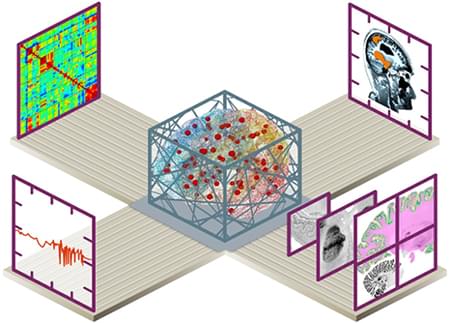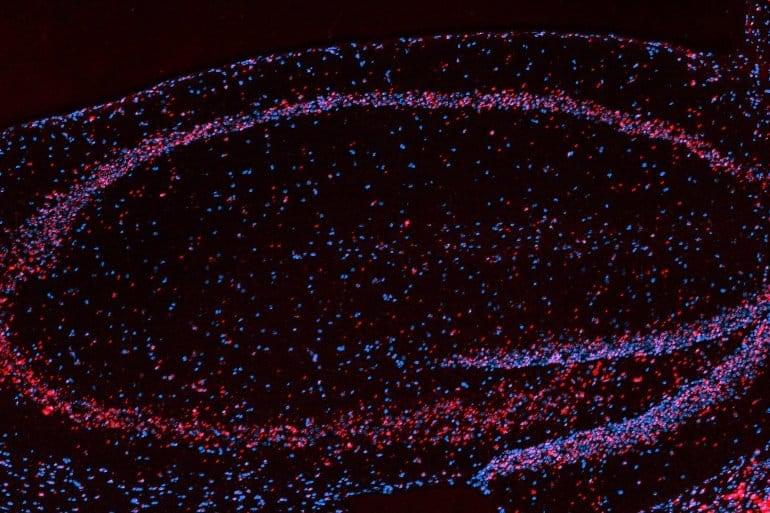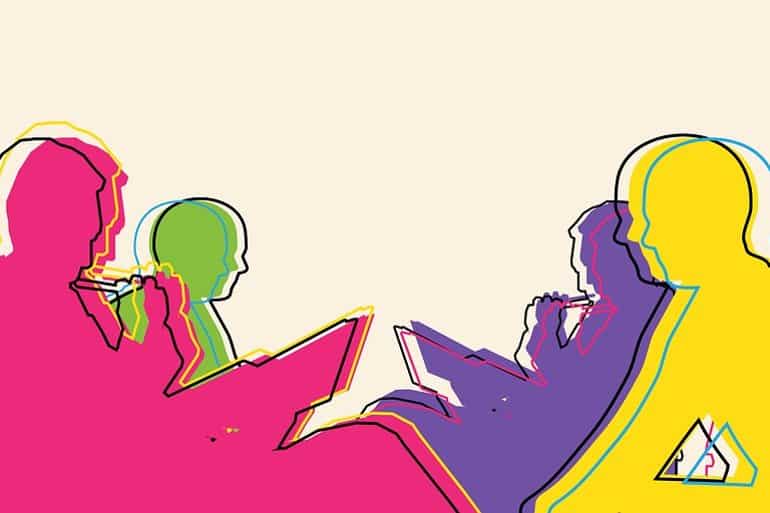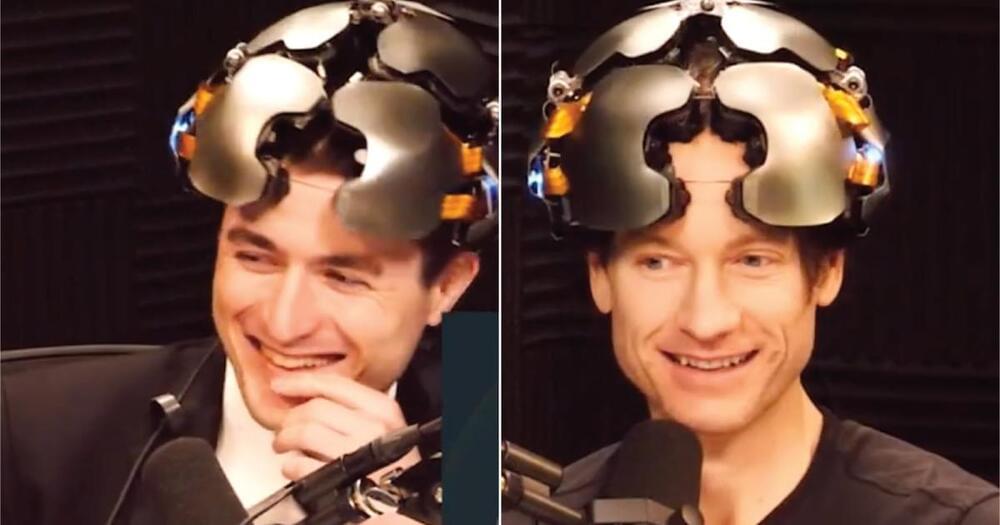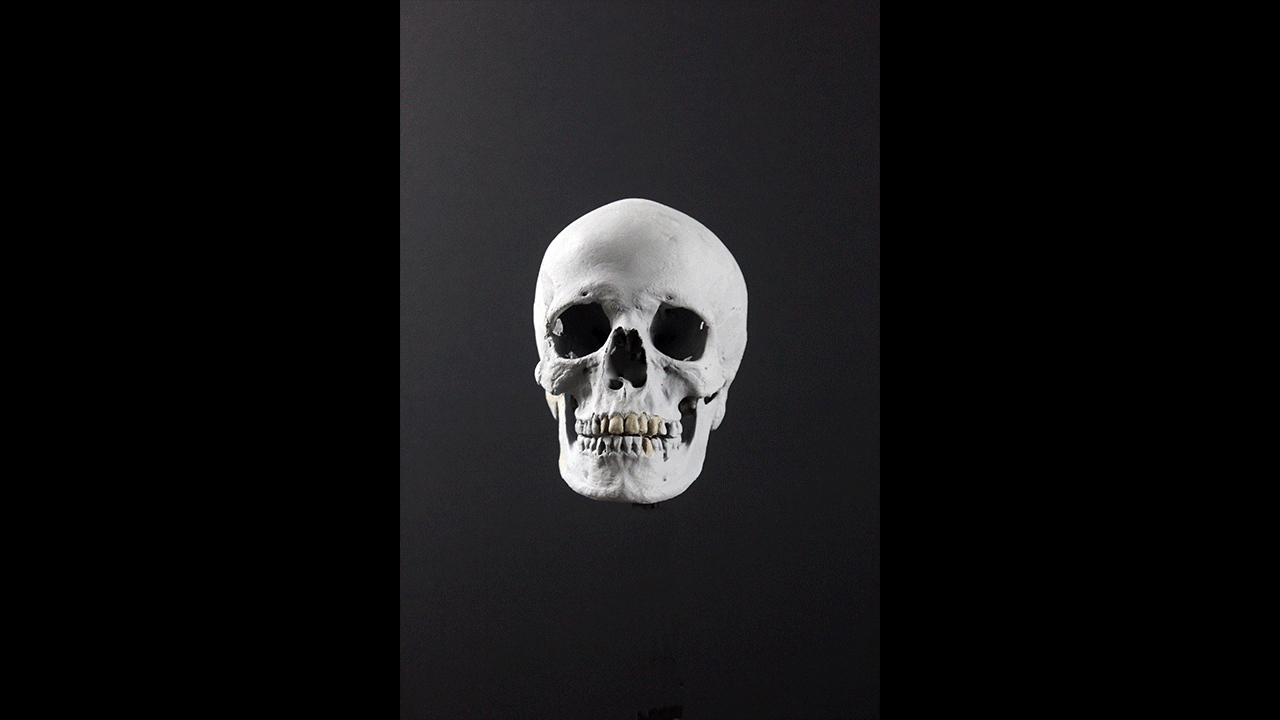None.
In a new article published in eNeuro, fifteen leading scientists of the European Human Brain Project (HBP) outline how a new culture of collaboration and an era of digitalization has transformed neuroscience research over the last decade.
“The way we study the brain has changed fundamentally in recent years,” says first author Katrin Amunts, HBP Scientific Director, Director of the C. and O. Vogt-Institute of Brain Research, Düsseldorf and Director at the Institute of Neuroscience and Medicine at Research Centre Jülich. “In the past, separate communities have often focused on specific aspects of neuroscience, and the problem was always how to link the different worlds, for example, in order to explain a certain cognitive function in terms of the underlying neurobiology.”
